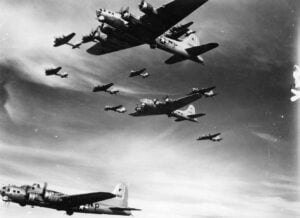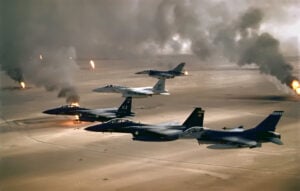10 Surprising Facts About the Hawker Typhoon

YouTube / AllthingsWW2
The Hawker Typhoon began its life as a disappointment. Originally designed to replace the Hawker Hurricane as a high-altitude interceptor, it instead became one of the most feared ground-attack aircraft of World War II. Despite its troubled beginnings, the Typhoon evolved into a critical weapon of the Royal Air Force during the Allied push across Western Europe.
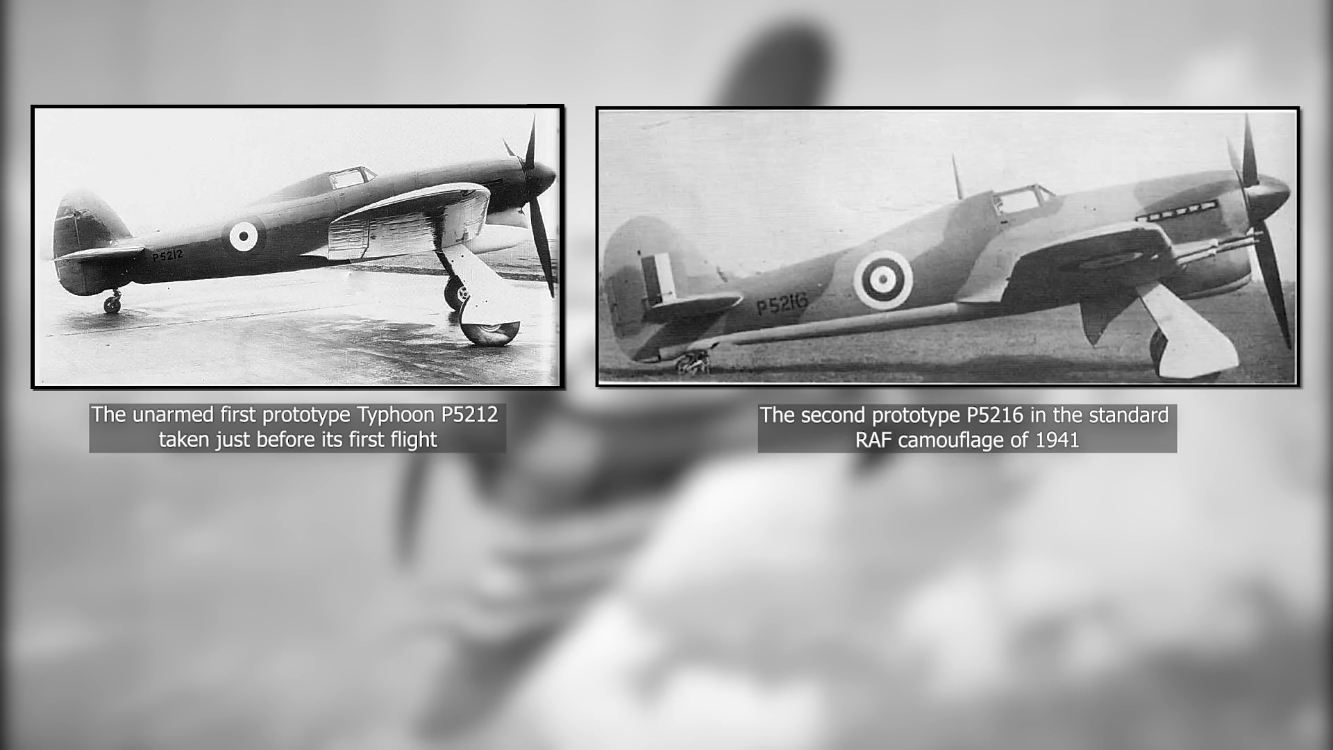
1. It Was Originally a Failed Interceptor
The Typhoon’s purpose was to challenge enemy fighters at high altitude, but its Napier Sabre engine performed poorly above 15,000 feet. It struggled with engine failures, carbon monoxide leaks, and dangerous tail failures that claimed the lives of several pilots.
2. Its Engine Was Among the Most Powerful of the War
The 24-cylinder Napier Sabre engine produced over 2,200 horsepower, giving the Typhoon tremendous low-altitude speed. It became the first British production aircraft to exceed 400 miles per hour in level flight.

3. Early Pilots Considered It Dangerous to Fly
The aircraft’s “car door” canopy limited visibility, making emergency escapes difficult. Cold weather and maintenance issues made it unreliable, and the tail structure sometimes failed mid-flight. Many pilots distrusted it during its first year of service.
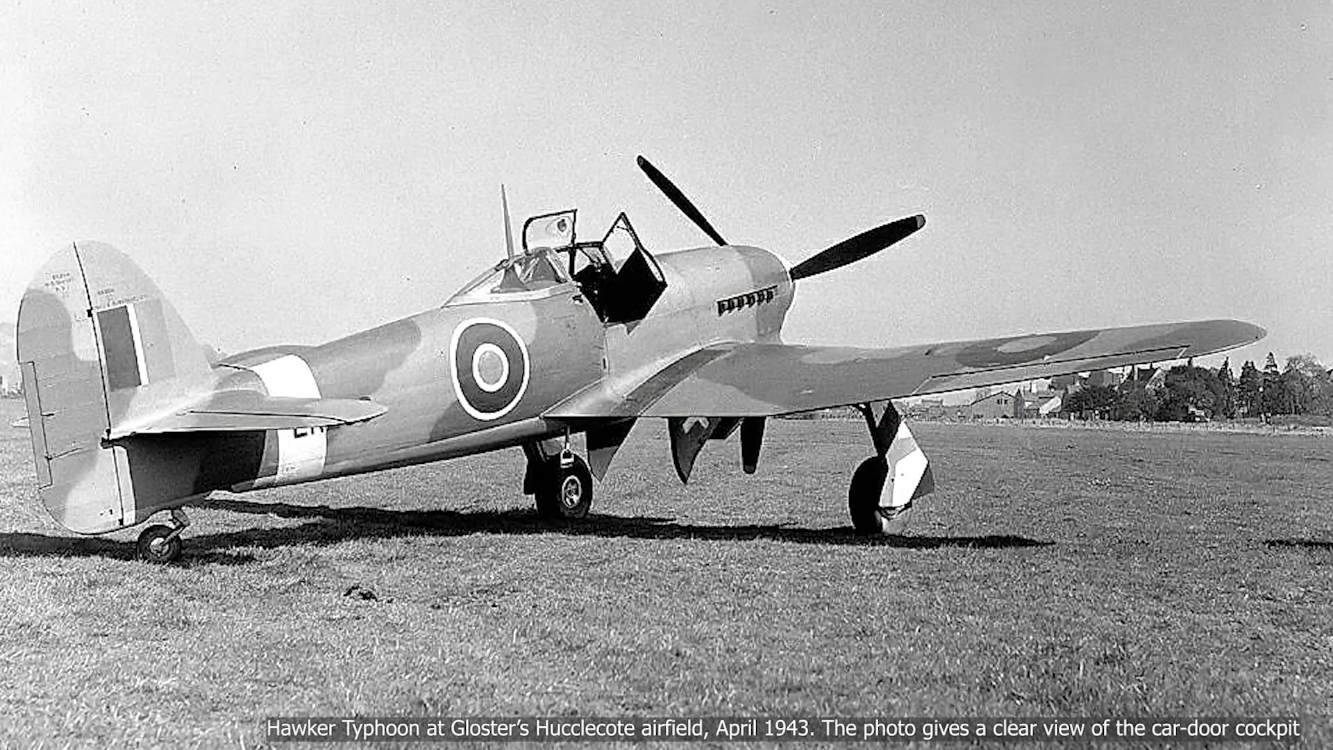
4. It Was Mistaken for a German Fighter
With its thick wings and wide chin radiator, the Typhoon’s silhouette resembled the German Focke-Wulf Fw 190. Several Typhoons were accidentally attacked by Allied pilots, especially during early operations in southern England.
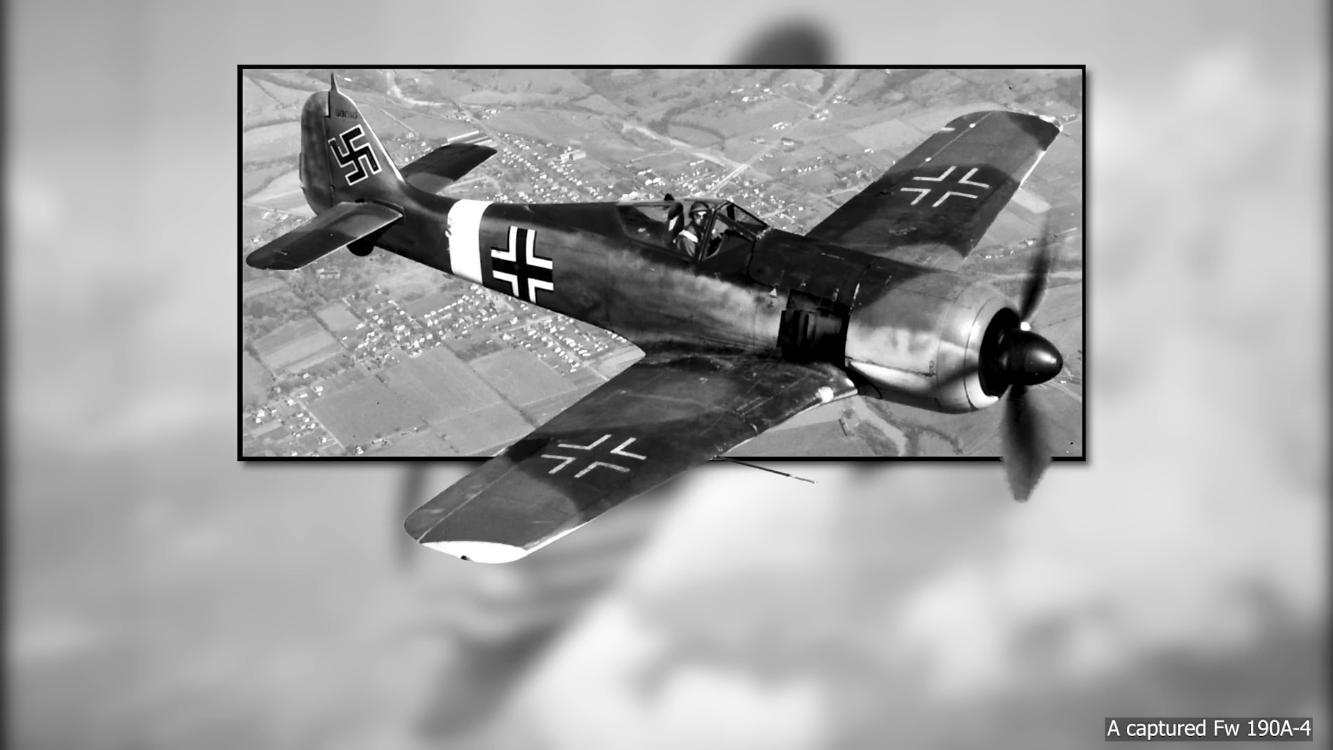
5. Its True Strength Was Low-Altitude Combat
The Typhoon’s poor high-altitude performance became irrelevant once it was reassigned to intercept low-flying Fw 190s raiding England. At low level, it was fast, stable, and deadly, quickly earning a new reputation.
6. It Became a Rocket-Firing Tank Killer
By 1943, Typhoons carried eight 60-pound RP-3 rockets under their wings. Though only about five percent of the rockets hit their targets directly, their shock effect was immense, often halting entire German movements.

7. It Carried as Much Bomb Load as a Light Bomber
The Typhoon could haul up to 2,000 pounds of bombs, equal to the payload of early-war medium bombers. This made it ideal for close air support during major offensives like the Normandy landings.
8. It Crippled German Forces During D-Day and Beyond
Typhoons destroyed tanks, artillery, and convoys across northern France. During the Battle of the Falaise Pocket, they flew over 6,500 sorties and fired more than 38,000 rockets, helping seal the fate of retreating German forces.
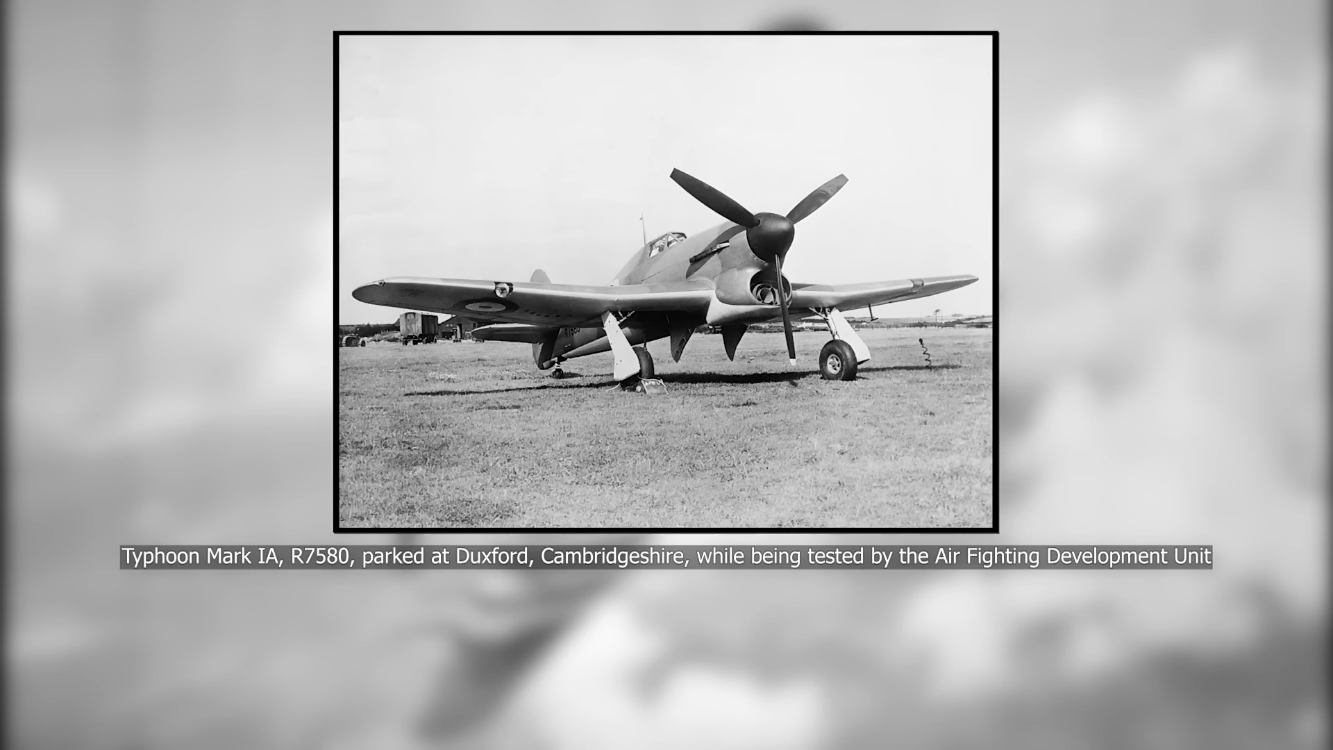
9. It Was Also Used for Unusual Missions
In addition to combat, some Typhoons dropped food and propaganda leaflets over occupied territories. They warned civilians to stay clear of battle zones and delivered supplies to starving Dutch populations late in the war.
10. It Paved the Way for the Hawker Tempest
Many of the Typhoon’s design flaws were corrected in its successor, the Hawker Tempest. The two shared the same powerful engine and general layout, but the Tempest’s refinements made it one of the finest fighters of 1944–45.
From a flawed interceptor to one of the deadliest ground-attack aircraft of the war, the Hawker Typhoon’s story is one of adaptation and endurance. Its rocket attacks and low-level strikes became symbols of Allied air power in Western Europe.
















